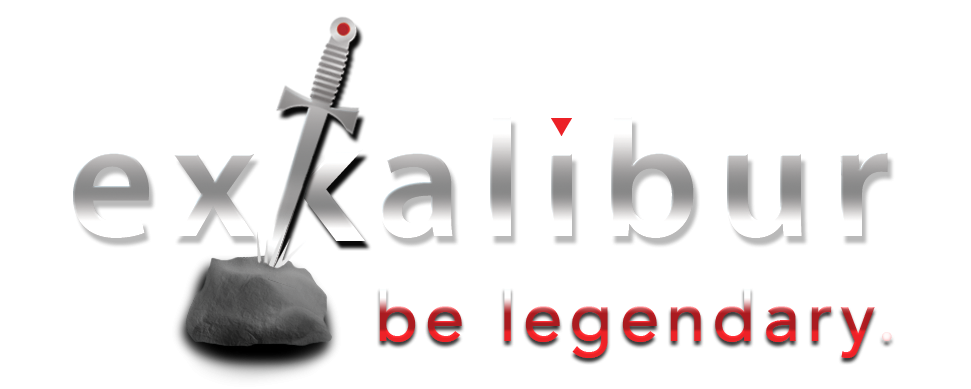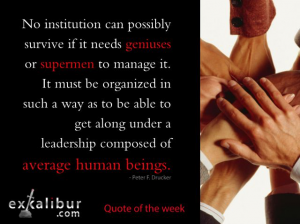
The North Bay Business Journal, a publication of the New York Times, is a weekly business newspaper which covers the North Bay area of San Francisco – from the Golden Gate bridge north, including the Wine Country of Sonoma and Napa counties.
This page provides the Print-Friendly Version of the article, as published.
Any related materials or articles referenced in the column, or otherwise applicable, will also be referenced below:
The electronic version of the article, as published, may be found here.
**********************************************************************************
Article published -November 30 2009
Is fear or kindness the road to cost control? You decide
“Strive not to be a success, but rather to be of value.”
– Albert Einstein
Last time I presented the dichotomy of two opposing cultures and posed the question: If measured by financial performance, how can dramatically different organizations be equally successful? In this continuing series, we’ll explore some of the combinations and permutations of sound business principles and cultural patterns that often collide within an organization’s walls.
In many ways, it doesn’t seem fair that both charitable and churlish cultures can thrive. It’s easy to embrace the benevolent culture created by Sid Rich (we’ll call it Company South, “S” for Sid) as profiled in my last column.
That company deserves to be successful. Wouldn’t it be great if that was the company I worked for? Contrarily, when you look across the aisle at the rough and tumble world of Company North (“N” for Nasty), highlighted by temper tantrums, public floggings and a petulant devotion to spending a dime on anything, we’re either glad we’re not working there … or wishing we didn’t.
Some powerful lessons are evident as we compare and contrast these companies, their styles and culture, although some lessons are not very inviting. (more…)
 Usually, when we remember this song, we think of someone “straddling the fence”, trying to be all things to all people, teetering on the edge of indecision and inaction … or someone who always takes the “middle of the road” and commits to nothing.
Usually, when we remember this song, we think of someone “straddling the fence”, trying to be all things to all people, teetering on the edge of indecision and inaction … or someone who always takes the “middle of the road” and commits to nothing.









